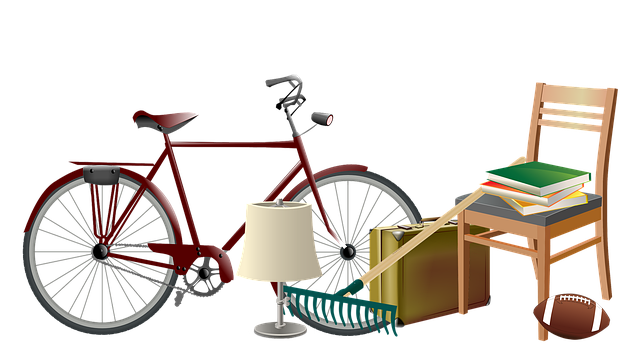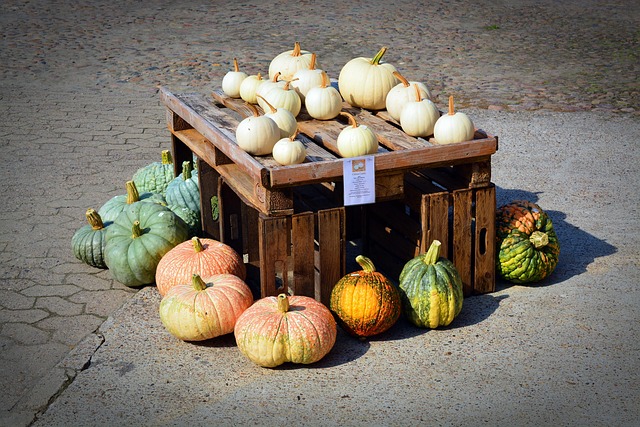Leaf collection and mulching are essential practices for responsible yard maintenance. Removing fallen leaves promptly mitigates safety risks and fire hazards, while mulching converts yard waste into compost that enriches soil with nutrients over time. This sustainable method enhances landscaping aesthetics and promotes environmental health by recycling organic matter. Efficient yard waste removal begins with regular cleaning and using rakes or blowers to prevent accumulation. Choosing the right mulch – organic for flower beds (wood chips, compost) and inorganic for high-traffic areas (rock, rubber nuggets) – ensures optimal results based on specific needs.
“Enhance your yard’s health with efficient leaf collection and mulching, simple yet powerful practices for sustainable landscaping. This comprehensive guide explores the benefits of these techniques, from improved soil structure to reduced weed growth. We’ll walk you through the process of effective leaf removal, highlighting key steps for a successful recycling strategy. Additionally, discover various types of mulch and their unique applications, ensuring your yard receives the best care. Implement these practices and embrace the art of transforming yard waste into valuable resources.”
- Understanding Leaf Collection and Mulching: Benefits for Your Yard
- The Process of Efficient Leaf Removal and Recycling
- Choosing the Right Mulch: Types and Applications
Understanding Leaf Collection and Mulching: Benefits for Your Yard

Leaf collection and mulching are essential practices for maintaining a healthy and vibrant yard. By understanding the benefits of these processes, homeowners can efficiently manage yard waste removal and recycling. Leaf collection involves the gathering and removal of fallen leaves, which can accumulate quickly, especially in larger yards or regions with dense foliage. This method prevents leaf buildup, reducing potential hazards like tripping risks and fire dangers.
Mulching, on the other hand, is a sustainable approach that converts yard waste into valuable compost. When leaves are mulched, they break down over time, enriching the soil with essential nutrients. This natural process not only enhances the beauty of landscaping but also promotes environmental health by recycling organic matter. By adopting these practices, folks can foster a lush and ecologically conscious yard while effectively managing potential waste issues.
The Process of Efficient Leaf Removal and Recycling

The process of efficient leaf removal and recycling begins with regular cleaning of yards and gardens. Property owners can use rakes or blowers to swiftly gather fallen leaves, ensuring a tidy outdoor space. This initial step is crucial for maintaining curb appeal and preventing yard waste from accumulating. Once collected, leaves can be transformed into valuable resources through recycling.
Instead of discarding them, homeowners can mulch the leaves using chippers or shredders, turning them into nutrient-rich compost. This practice not only reduces the volume of yard waste ending up in landfills but also enhances soil health and fertility when applied to gardens or used as top dressing for lawns. Efficient leaf removal and recycling are essential components of sustainable practices, promoting a greener and more environmentally conscious approach to yard care.
Choosing the Right Mulch: Types and Applications

Choosing the right mulch is an essential step in yard waste removal and recycling. There are various types available, each with unique properties and applications. Organic mulches, derived from natural sources like wood chips, straw, or compost, are popular choices for their ability to enrich soil health over time. They gradually decompose, adding essential nutrients to the ground and promoting beneficial microbial activity. In contrast, inorganic mulches such as rock, gravel, or rubber nuggets offer long-term solutions, particularly in areas where organic decomposition is not a priority.
These materials have distinct uses. Organic mulches are ideal for flower beds and vegetable gardens where soil nourishment is key. They help maintain moisture, suppress weeds, and create a visually appealing look. Inorganic mulches, on the other hand, excel in pathways and areas exposed to heavy foot traffic or extreme weather conditions due to their durability. Additionally, they can be beneficial for water conservation as they reduce evaporation compared to bare soil. When selecting mulch, consider factors like texture, color, and your specific yard waste removal needs to ensure optimal results.
Leaf collection and mulching are simple yet powerful practices that significantly enhance yard waste removal and recycling efforts. By understanding the benefits, efficient processes, and suitable mulch types, homeowners can create a healthier, more vibrant landscape. Incorporating these techniques into your gardening routine promotes environmental sustainability while ensuring an aesthetically pleasing and well-maintained yard.

